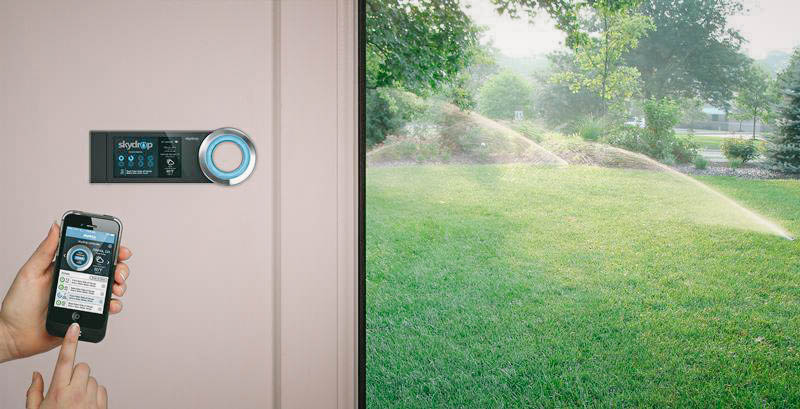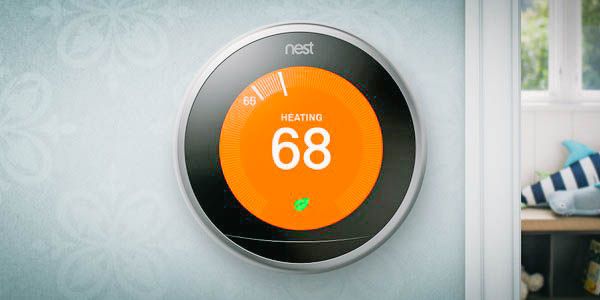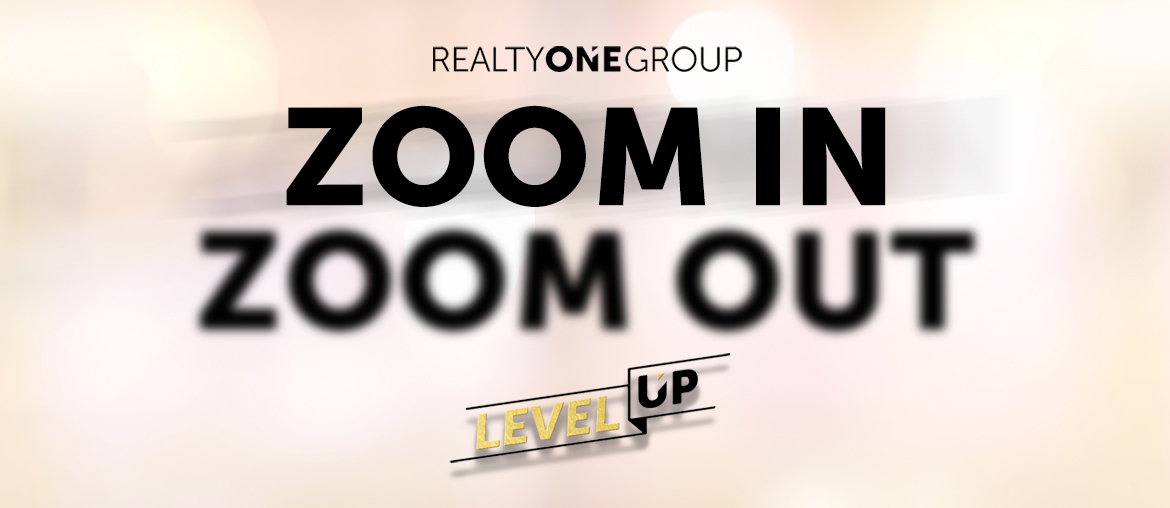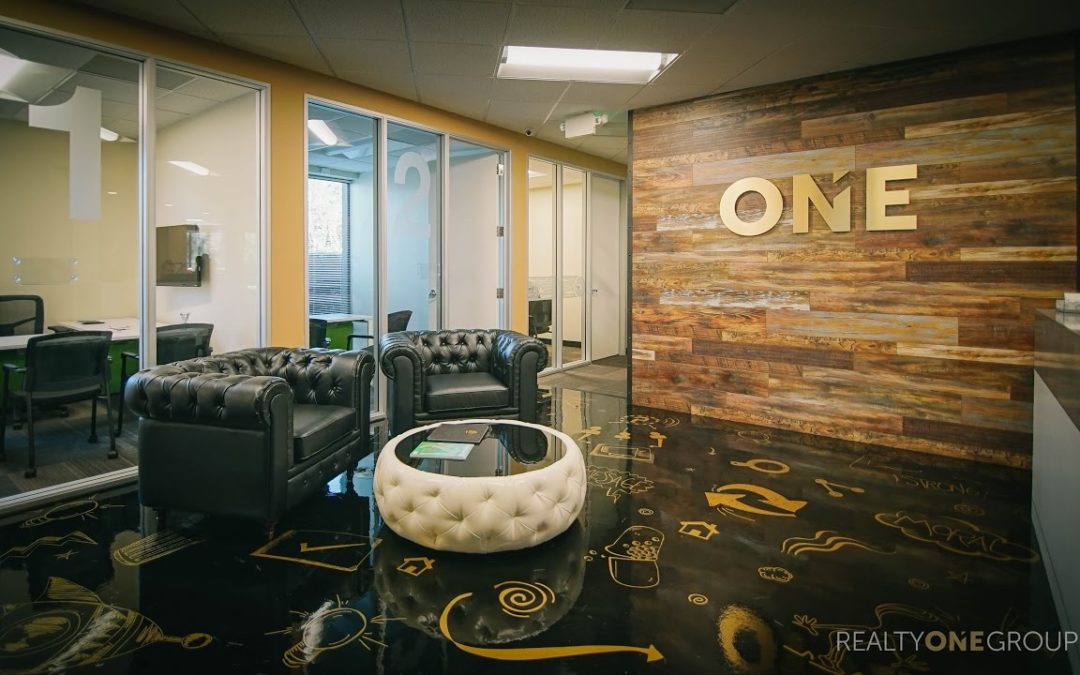
How to Sell a Smart Home
Smart home technology is getting smarter all the time. With a proper home automation setup, a user can now set a lighting schedule, adjust the blinds, and lock the door from their mobile device. And as gadgets advance further, more homeowners are ready to jump on the smart home bandwagon.
From a home-selling standpoint, smart home technology opens up a whole new world of staging and presentation possibilities. However, it will take some adaptation and flexibility to make the most of this new market. Here are three tips on how to sell a smart home.
1. Make sure everything works properly

Making sure that all of the devices work — and that you know how to use them — is absolutely crucial to making a successful sales pitch. The wow factor of a smart home quickly falls flat if nothing turns on.
Note that while most home automation users will connect to devices via their smartphone, it’s a good idea to invest in a compatible tablet for showing. It’ll be easier to demonstrate the automation on a larger screen, and buyers will feel more open to trying out the smart technology than they would be when handling your personal mobile device.
Once you’ve got the tablet set up and charged, start connecting all smart devices via Wi-Fi and run a few simple tests to make sure that everything functions as it should. Don’t make any assumptions while you’re running through the different pieces, either. Thoroughly check every system until you’re confident in both the technology and your ability to use it.
2. Highlight the practical application — not just the device

For a lot of buyers — especially Millennials — a device might be a selling point in its own right. When it comes to viewers who aren’t as enamored with technology, however, you’ll need to highlight device benefits as well. For example, a young family buying their first house might feel indifferent to the idea of a smart thermostat, but they’ll love the potential energy savings afforded by the device. Likewise, an elderly couple might flinch at the prospect of learning how to use a smart doorbell camera, but they may be thrilled at the added level of security it offers.
Basically, do your research on the effects of smart home technology before you start showing it off to potential home buyers. If the term “smart sprinkler system” doesn’t draw much of a reaction, “lower water bill” might do the trick. The more detail you can give, the more convinced your prospective buyers will be.
3. Understand and simplify the transfer process

Don’t stop the smart home tech demonstration too soon, especially if your viewers seem interested. Walking potential buyers through the account setup process will create a more lasting sense of capability. Plus, as some devices, like Nest gadgets, require a slightly more involved transfer procedure, your audience will appreciate the in-person tutorial.
To make the whole switching process feel even easier, try to condense the number of separate apps and systems in the home. Finding a smart hub that can manage multiple devices at once will ensure that the learning curve doesn’t feel as steep. Remember, if your potential buyers are comfortable using the technology, they’ll have an easier time picturing how the devices — and the home itself — will fit into their future. Creating that vision will go a long way toward making a successful sale.
Selling a smart home is a lot like selling a regular home — everything comes down to preparation and presentation! Take the time to familiarize yourself with the setup, and make sure that everything is ready when your buyer arrives. With a little planning, you’ll likely see some nice returns on that invested effort.
Any tips we missed on how to sell a smart home? Let us know in the comments!
Realty ONE Group International is one of the fastest growing, modern, purpose-driven lifestyle brands in real estate whose ONE Purpose is to open doors across the globe – ONE home, ONE dream, ONE life at a time. The organization has rapidly grown to more than 20,000 real estate professionals in over 450 locations across nearly 30 countries and territories because of its proven business model, full-service brokerages, dynamic COOLTURE, superior business coaching through ONE University, outstanding support and its proprietary technology, ZONE. Realty ONE Group International has been named the number ONE real estate brand by Entrepreneur Magazine for three consecutive years and continues to surge ahead, opening doors, not only for its clients but for real estate professionals and franchise owners. To learn more, visit www.RealtyONEGroup.com.











.png)









